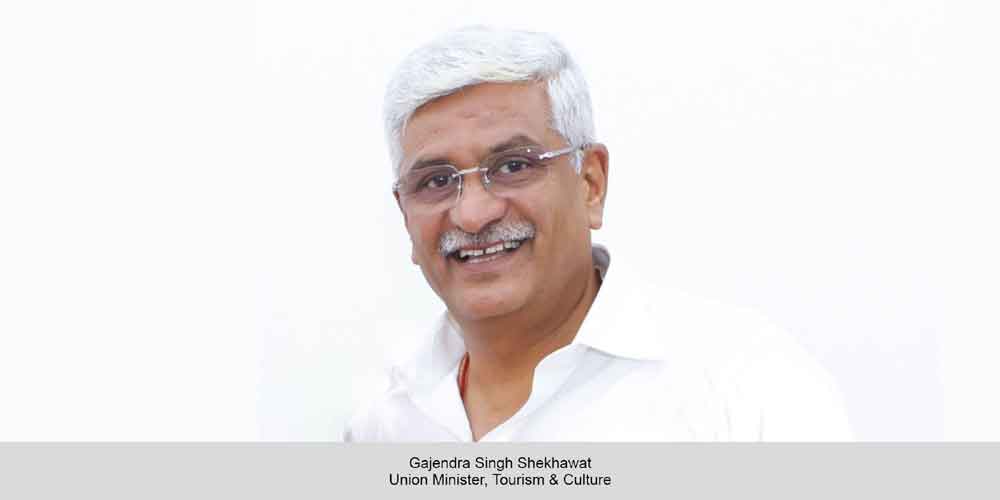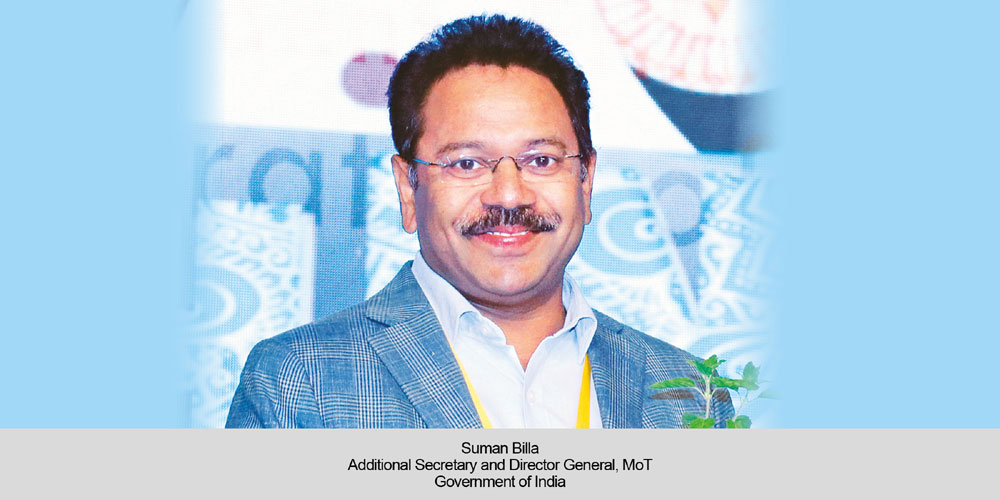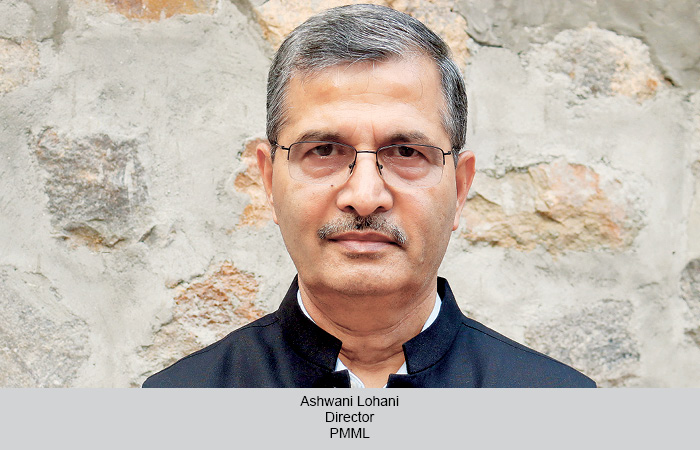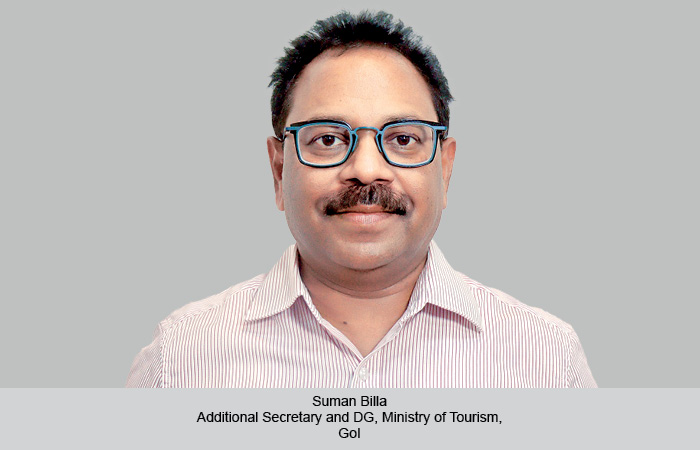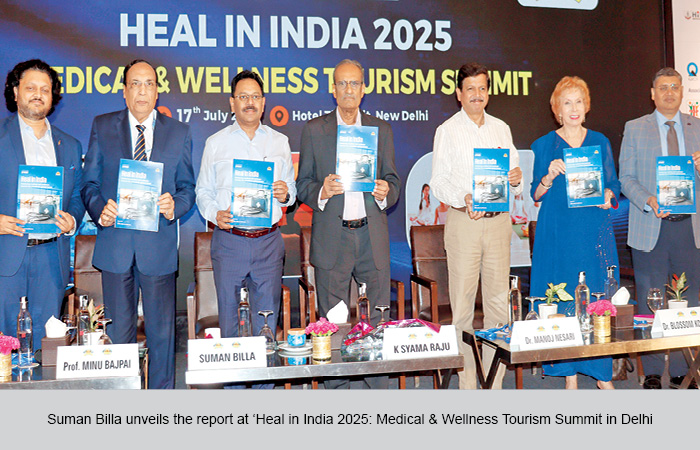The domestic traveller has elbowed out inbound tourists when it comes to fuelling business growth in the India’s hospitality sector, says Gajendra Singh Shekhawat, Union Minister, Tourism & Culture. He hails government for transformative infrastructure development in the country.
Lipla Negi
Hailing the contribution of the travel and hospitality industries to India’s GDP, Gajendra Singh Shekhawat, Union Minister for Culture and Tourism, said, “The lust for inbound tourists has waned off as the number of domestic travellers has grown exponentially along with their increased spending capacity. This surge in domestic tourism has led to significant revenue growth for the hospitality sector.”
Rise of domestic traveller
Calling the domestic traveller ‘growth partner’ for hospitality sector, Shekhawat said, “The domestic traveller has elbowed out inbound tourists when it comes to fuelling business growth in the hospitality sector.” Emphasising the role of the growing middle class in driving tourism, he noted, “Our economy is growing, and the development schemes initiated by the honourable PM have helped lift an estimated 27 crore people out of poverty, transitioning into the middle class. This aspirational class is now exploring our diverse cultural and spiritual wealth like never before.”
A decade of transformation
Addressing a strong audience of hospitality leaders and professionals at the 54th Annual Convention of FHRAI in Goa, he reflected upon the monumental changes that had unfolded over the past decade. “Under the leadership of Prime Minister Narendra Modi, we have witnessed transformative infrastructure development. Through our sustainable policies aimed at attracting global investment, we have become one of the largest travel destinations in the world.” He likened India’s current growth trajectory to the ‘golden era’ of the past. “India is once again moving in that direction, and the world is looking at us with excitement and curiosity,” he said, envisioning a future where, by 2027, India is expected to be the third-largest economy globally.
Shout out to Indian diaspora
Sharing how he is often asked to look at the growth of Indian Tourism sector as comparised its neighbouring countries, which are receiving more foreign tourists than India, he underlined the staggering statistic coming from domestic destinations like Ayodhya and Ujjain, which had seen an astounding footfall of 100 million domestic tourists in just one year, putting domestic tourism much ahead of the curve. He outlined various government initiatives, including ‘Dekho Apna Desh’ and ‘Chalo India’, that have spotlighted India on global traveller’s map. “Keeping the Indian diaspora in mind, our Prime Minister Narendra Modi has requested Indians living all across the globe to inspire at least four non-Indian travellers to visit the country,” he said.
Role of govt policies
He said that after making the move of free one lakh visas, the Ministry of Tourism is also exploring the revival of top key source markets for India in association of the Ministry of External Affairs. “Last year, the government offered interest-free long-term loan to states for development of tourism. `1 lakh crore loan was distributed and we are committed to extend it this year also. He further announced, “Under the decongestion and new product development initiative, several big-ticket projects worth `8,000 crore have been submitted by states. In Jammu & Kashmir, three new tourist destinations are being developed. “A budget of `5,600 crore has been sanctioned to develop these new destinations,” he said.
Demand for industry status
Acknowledging that tourism is primarily a state subject, he urged states to adopt best practices to support the hospitality sector.
 TravTalk India Online Magazine
TravTalk India Online Magazine

